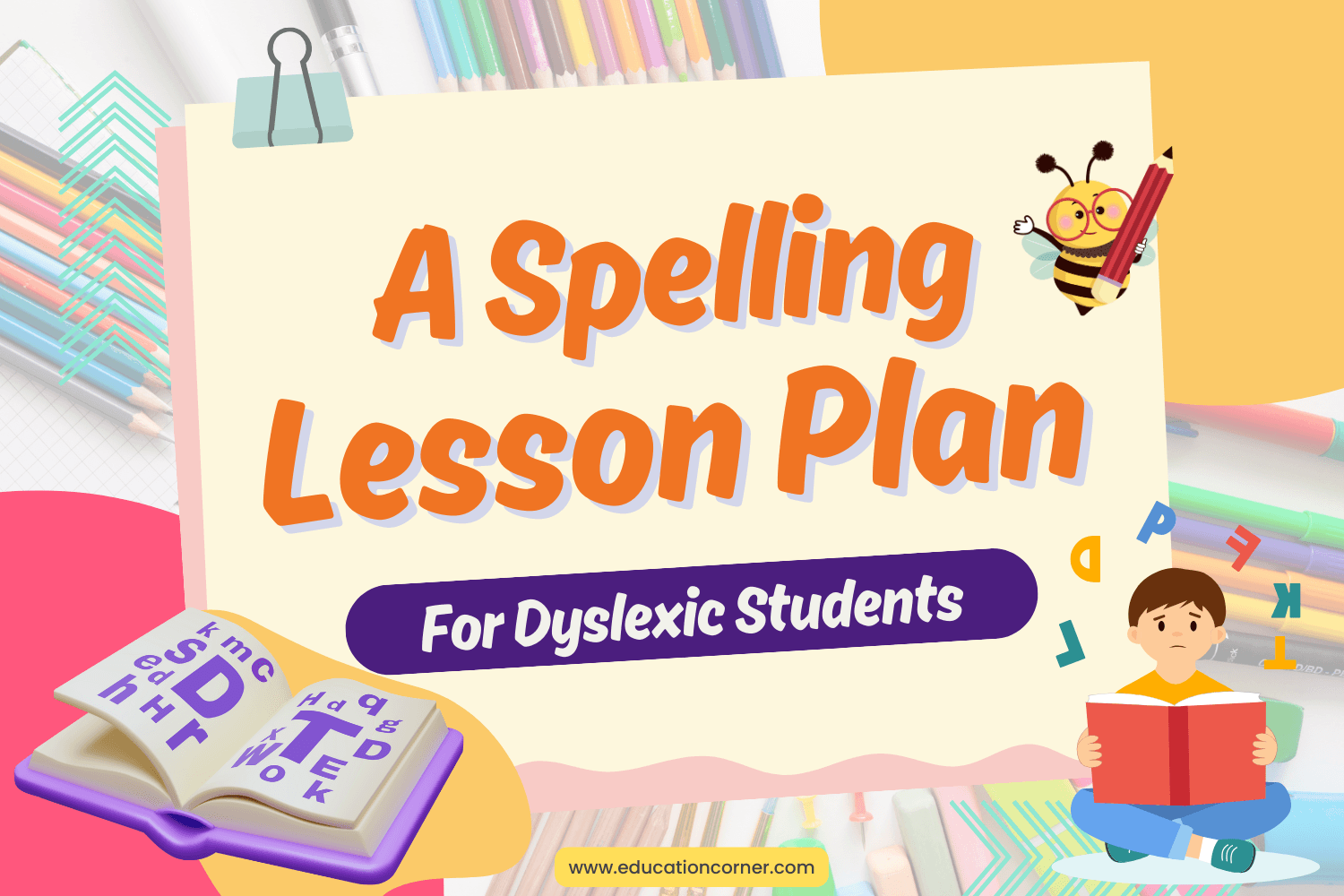Dyslexia (sometimes termed “developmental reading disorder”) is a condition which affects a student’s ability to read and decode text. It may also affect the areas of speech and verbal comprehension as well.
Dyslexia is not a visual condition; a person with dyslexia may very well have perfect eyesight. Nor is it an issue of intellectual ability or motivation. Often, dyslexics are viewed as lazy or unintelligent, but this is not the case. Dyslexia is a neurological condition which affects the areas of the brain responsible for perceiving and sequencing text.
To the dyslexic, words often appear to be mixed up, or letters reversed. For example, the word “plot” may look like “tlop,” and the letter “b” might appear to be the letter “d.”
As a result, spelling presents a large challenge to students with dyslexia. With proper educational support, however, almost all dyslexics are capable of overcoming these challenges and becoming good readers and spellers.
The Lesson Plan: Spelling Stations
This lesson plan is specifically geared toward early elementary-aged students (grades 1-3). It presents spelling principles through a variety of modalities (visual, auditory, verbal repetition, writing, etc.), which is proven to be much more effective than only using one.
The lesson should take a total of roughly 40-60 minutes, spread throughout the week. You may want to spend a brief ten minutes a day on this lesson, or spend a 30 minute chunk twice a week. It depends on the size of your class and the age of your students, so be flexible.
Several stations are set up in the classroom (the number of which will depend on the size of your classroom), each of which present spelling lessons in different modalities. Students will spend 10 minutes at each station, and then rotate to the next station. If you feel it would be more effective for your group, you could also choose to do only one station each day.
Students with dyslexia can become quite frustrated by spelling and reading for long periods of time, so the variety of activities and brief periods of work-time designated in this lesson should be quite refreshing for them.
How to Assess Performance
Assessment is based on participation, and whether your students completed the correct number of stations in the time given. Some stations have worksheets or art projects which the student can hand in at the end of the lesson.
The Stations
Here are some suggestions for possible stations:
Letter Magnets – Students use magnetic letters to spell words on a metal surface. This could be a refrigerator, a file cabinet, or similar surface. If it’s not possible to use magnets in your classroom, Velcro can be used as a substitute. Prepare a supply of letters using card stock (it’s a good idea to laminate them), and stick a small square of Velcro on the back of each letter. These letters can then be arranged on a felt display board, or on a poster board with pieces of Velcro attached. This station presents spelling in a tactile way, and it can be fun for students to work together with their friends to put the words together.
Puzzle Time – Students complete a fun spelling worksheet, such as a crossword or word search puzzle. You may provide students with several puzzles to choose from, or change the type of puzzle week to week. This keeps the activities fresh and varied, and turns spelling into a game. Many websites, such as DiscoveryEducation or Puzzlemaker, allow teachers to create their own printable puzzles online. Try to maximize the variety of puzzles, from crosswords to cryptograms to secret messages and more.
Colorful Words – This station should be equipped with a variety of art supplies, such as crayons, markers, and paper. Students write their spelling words using a different color for each letter.
Pop Quiz – In this station, students take turns quizzing each other on spelling words. One student reads the word out loud, and the other student either writes the word down or spells it verbally. Ideally, this station can serve to present spelling in both written and verbal modalities, and also reinforces reading.
Word Art – Students get to write the spelling word on a piece of construction paper, and then artistically decorate the word using craft supplies, such as stickers, glitter, crayons, glue, ribbons, etc.
Flashcards – Students, working alone or with a partner, practice spelling words using flashcards.
This is by no means an exhaustive list of spelling stations. Pay attention to what your students respond to, and what areas they need to improve in, and tailor your stations accordingly. Remember: students with dyslexia benefit most when spelling concepts are presented in a wide variety of modalities.
Don’t have a series of writing-only stations; rather, mix it up, and let your students practice spelling by writing, reading, speaking, listening, arranging, and playing!

